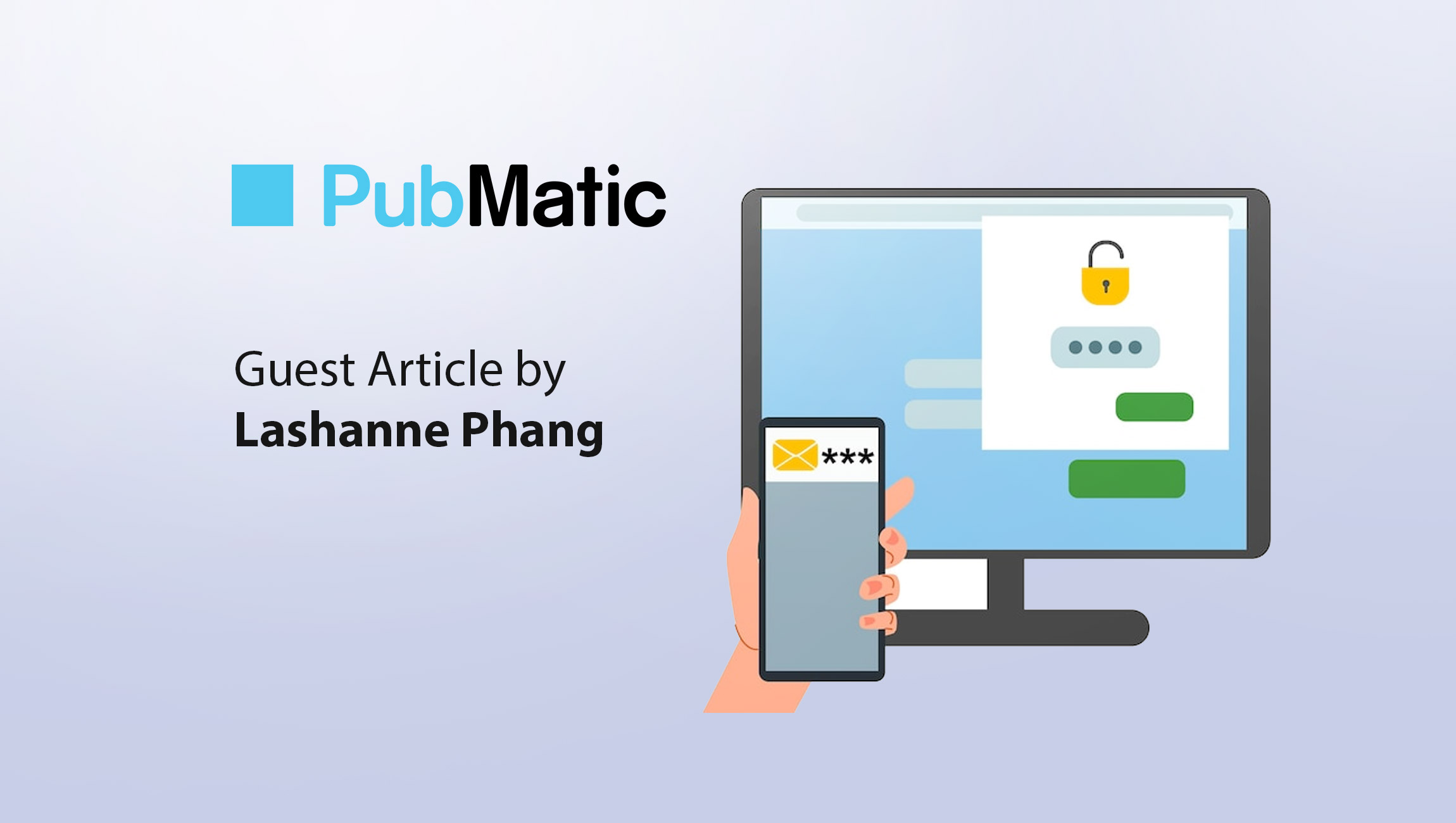A year ago, Apple made some major changes to their approach to user privacy online. For app developers, the requirement that individual iPhone users must opt in for ad targeting (enabling IDFA) was a daunting reality. Many people thought it would be the end of targeting on iPhones, that no one would opt in at all.
In our recent study, we compared the percentage of ad requests with IDFA presence between 14.5 or later OS versions (after the IDFA change was put in place) and pre-14.5 OS versions. There is a higher IDFA presence on pre-14.5 OS versions at 55%, which means more than half of the ad requests are targetable using an ID. For 14.5 or later OS versions, the number is currently at 30%. While 30% is clearly lower than 55%, it is certainly better than zero.
What’s more, the number of opted-in users has stabilized for the most part and is climbing in certain categories. One of the main reasons is the approach that smart app developers are taking to encourage people to opt-in to IDFA.
The Secrets Behind IDFA Growth
In our study, we looked at the presence of IDFA across different app categories, and found that three categories have climbed somewhat steadily. Health & Fitness and Gaming both grew six percentage points while Women’s Interest grew eight percentage points during the observed time periods.
These app categories have a few things in common. First, they are sticky. Gamers often play a favorite game multiple times per day. Health apps allow people to measure daily exercise goals, track their diets or provide regular encouragement. When people revisit an app many times, they become more invested in their user experience and may be more willing to opt-in to personalized targeting.
These apps are also well suited to targeted advertising. People provide highly personalized information to health apps, read specialized content on lifestyle apps, and play very specific types of games. Relevant advertising can provide a better user experience.
However, the most powerful element is the use of incentives to encourage people to opt-in to IDFA. Gaming apps have pioneered a variety of in-game advertising that is directly tied to the game experience. Gamers can earn rewards for watching an ad, for example. This means that more people are directly engaged with the advertising, and are more willing to opt-in if it gives them an advantage in the game.
Gamification is steadily coming to other app categories, such as Health & Fitness and Women’s Interest. For example, Playfit is a highly gamified fitness app that challenges users throughout the day, allowing them to advance through their fitness goals. Building advertising into this kind of experience can be directly connected to gaming app best practices.
Marketing Technology News: Polygraph: US Click Fraud Rate Decreased By 12% During “Golden Week”
Building in IDFA Incentives
There are several reasons for app developers to prioritize building their IDFA audience. The first is that Apple requires all app users to opt in to IDFA before any other ID can be enabled. As media buyers start to test a variety of ID-based targeting options, app developers will be more attractive if they can accept those IDs.
Our study shows the interplay between IDFA and “partner IDs,” those from an independent, non-Apple data provider. In our study, we saw that there is more than 50% lift in publisher revenue when a partner ID is present along with IDFA opt-in. This suggests that it is important that app developers start thinking about adopting partner IDs to increase their monetization. More importantly, it can help future-proof and mitigate dependence on a single ID solution.
Gamification is also a user experience best practice that is becoming more popular across the app ecosystem – building advertising into that experience is a logical revenue strategy for developers. Today, there are studies that suggest gamers welcome advertisements for incentives. With the right approach, apps in other categories are likely to be able to appeal to their users the same way.
Shopping apps are starting to add gamification – to earn loyalty points and discounts, for example. With the rise in retail media networks, it’s likely that many retailers will start to build in incentivized advertising and push to encourage opt-ins as well.
It’s good news for app developers that privacy changes don’t spell the end of targeted advertising. With an approach that enhances the user experience, the number of opted-in users can grow, which in turn increases the amount of targeted demand from advertisers. As more brands use ID-based buying, that demand will continue to increase. Now is the time to build in IDFA growth strategies to capture that growth.
Marketing Technology News: NICE is First to Receive Highest Scores for Inaugural Digital Customer Service Use Case by Gartner











